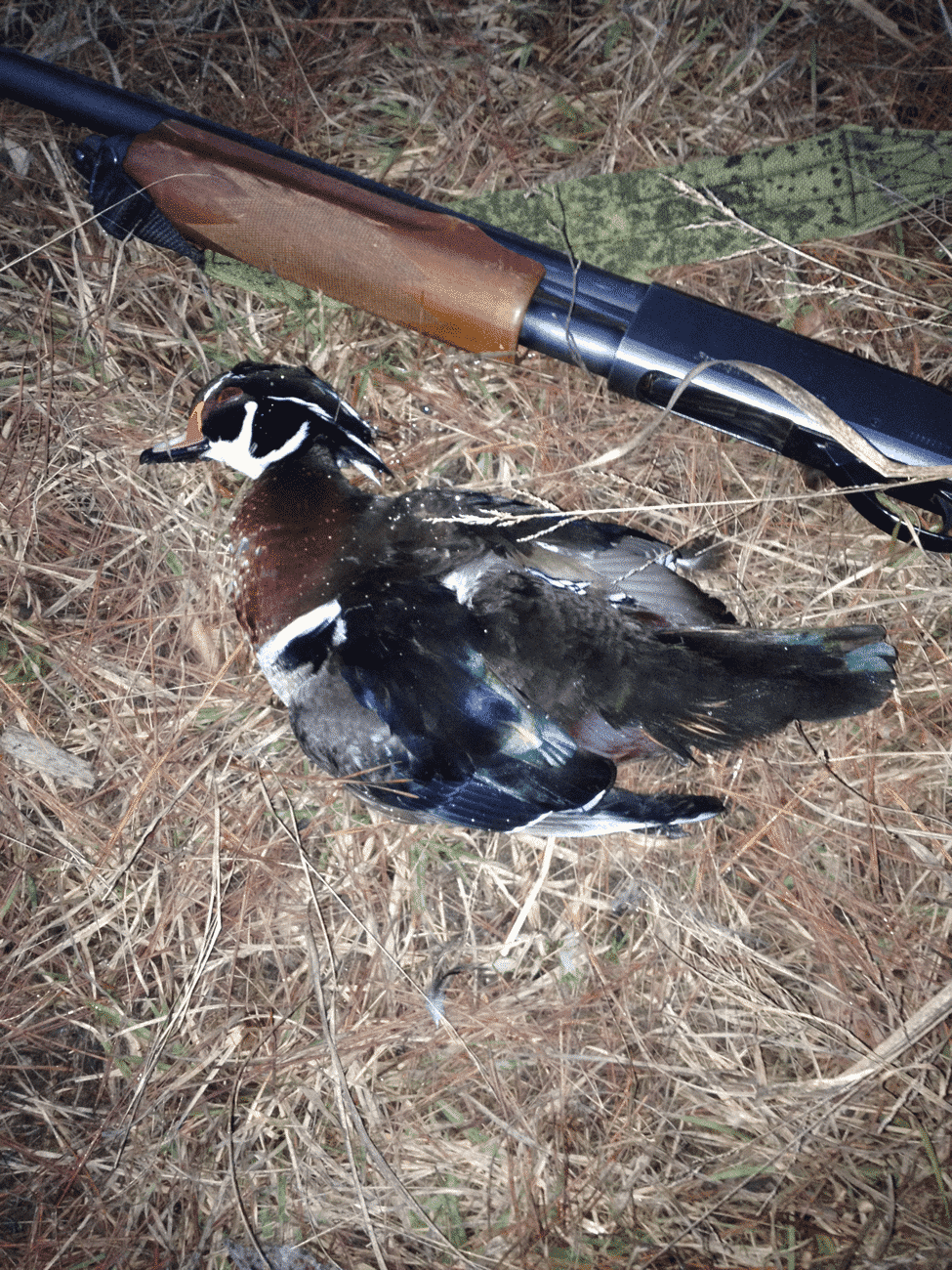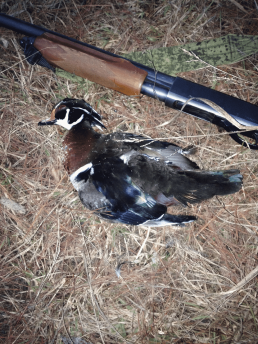Hunting wood ducks on your own terms
SHARE THIS POST

MWO eNewsletter Exclusive!
Andy Douglas gives tips for calling and placement of decoys for wood ducks.
Are you enjoying this post?
You can be among the first to get the latest info on where to go, what to use and how to use it!
Myth #1
They can’t be called in: A lot of hunters have fallen for the fallacy that wood ducks can’t be called. I am here to tell you otherwise. In the right situation, they will come to a call just like a mallard. I have personally had many respond to my calling. The high-pitched hen call, “teeeowwwit,” or the really highpitched drake whistle, “to-wwiit,” works well getting them in range as they’re trying to land. The same calls work if they land out of range. Call to them and they will sometimes go over or past an in-range area. Then, flush them and shoot. The loud “wheat-wheat” sound the squealers make when they’re spooked is a good call to use when they have flown over you and you’ve missed a shot opportunity. Often, they will turn for another pass.
Myth #2
They can’t be decoyed: A small spread of decoys work, but keep it small. Four or six work really well. Keep the number of drake and hen decoys identical in even numbers, similar to how they would naturally travel—in pairs. A large number of decoys look unnatural because you usually don’t see large groups of woodies together. Only using two, a drake and a hen, is great for small setups. Have one decoy rigged with a weighted jerk line (string). Wood ducks rarely sit still in the water, and pulling a jerk line will create some action in the water, causing the other decoys to bob around.
To put the pieces of the wood duck puzzle together be sure to read Andy’s full article in the September issue of MidWest Outdoors magazine, available the first full week of September at a newsstand near you.
MWO
SHARE THIS POST
You may also like...
Nothing found.
Did you enjoy this post?
You can be among the first to get the latest info on where to go, what to use and how to use it!
Bobby Bergren
“Bobby B” Bergren is a smallmouth bass fishing fanatic who’s passion is fishing the Great Lakes. He has multiple first-place tournament wins on Lake Michigan. Additionally, he is a die-hard ice fishing enthusiast who targets bluegills, and dabbles in hunting and knife collecting. Bergren also engages in content creation and digital marketing for MidWest Outdoors.
